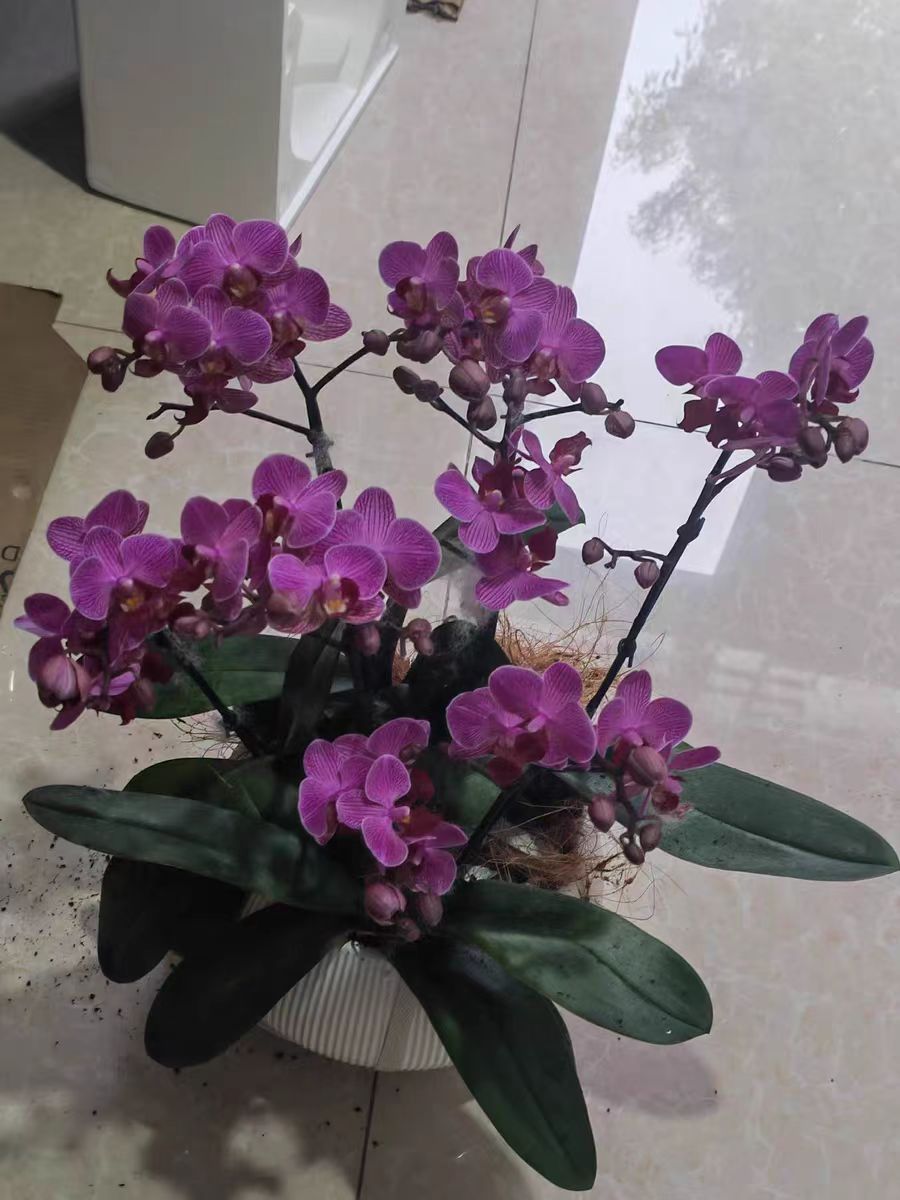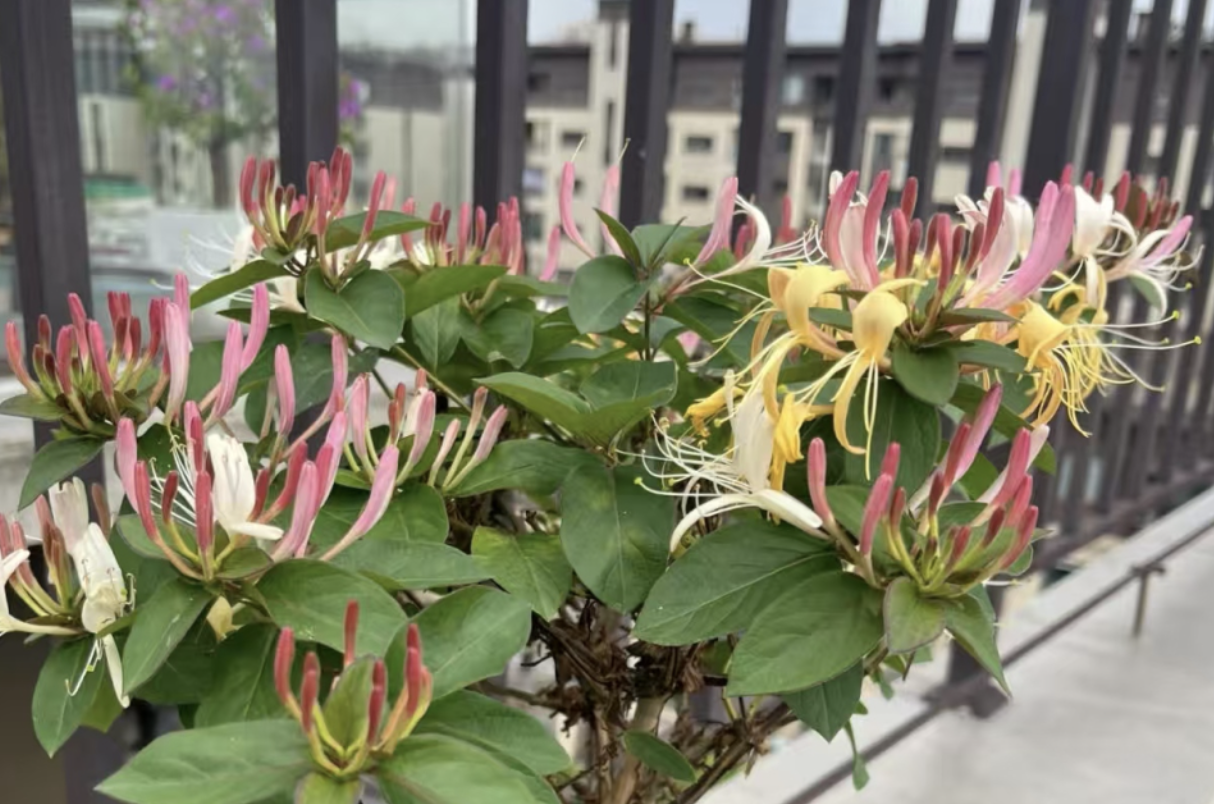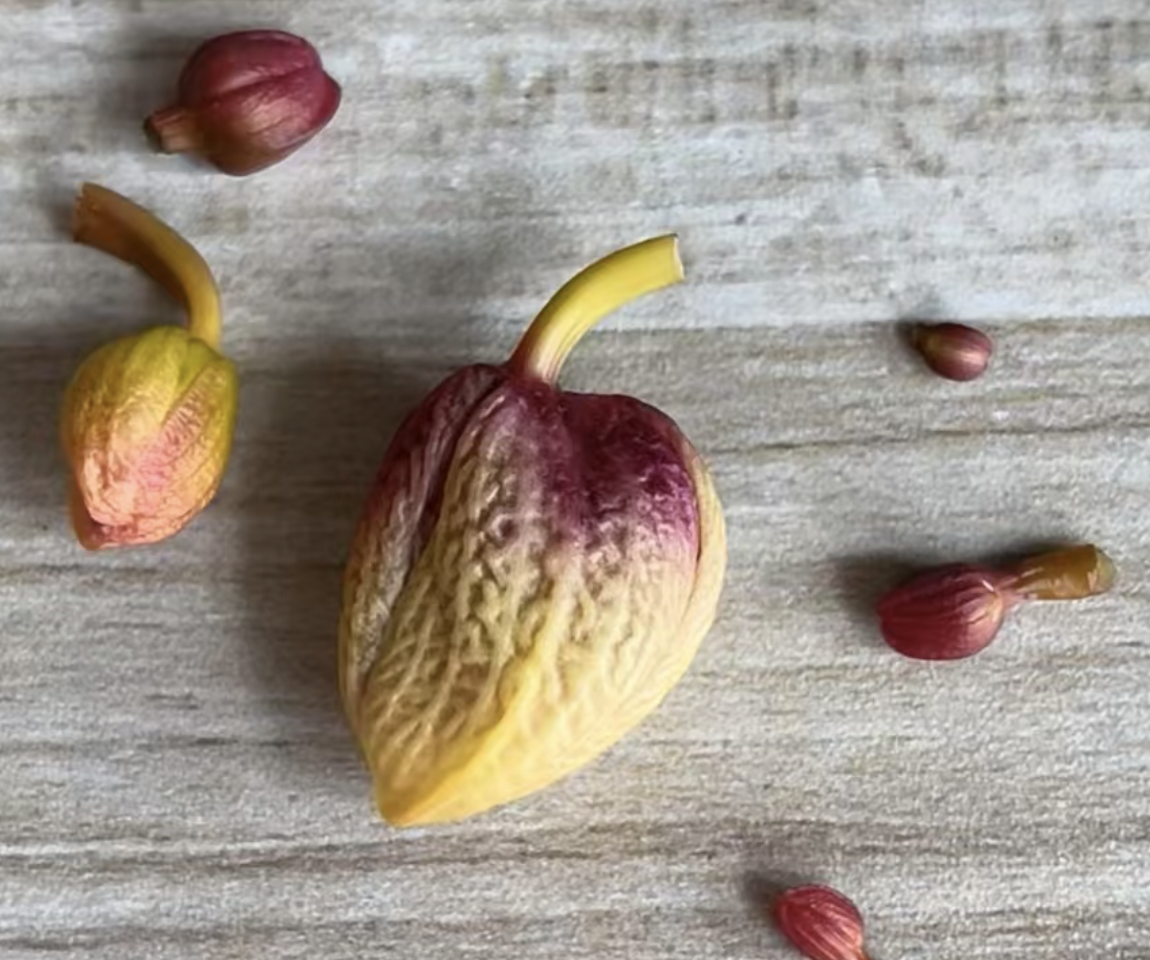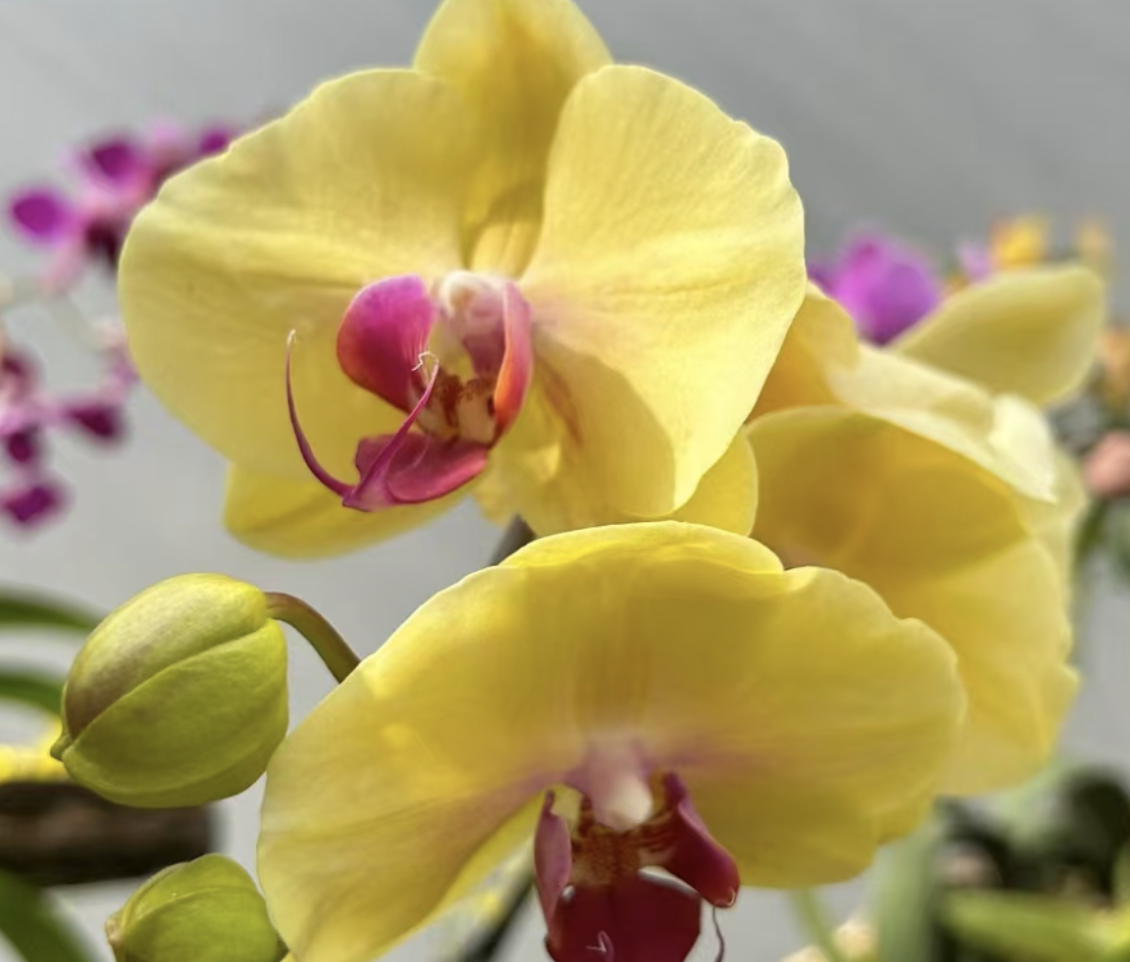Phalaenopsis, known for its large and thick leaves and abundant water storage, is one of the representatives of tropical orchids. However, this beautiful plant is extremely sensitive to low temperatures. How low of a temperature can Phalaenopsis tolerate in a low-temperature environment? And how can we take effective warming measures for it?
The suitable growth temperature for Phalaenopsis is between 15°C and 30°C, and the most ideal growth temperature is between 18°C and 28°C. When the temperature drops below 10°C, the growth of Phalaenopsis will be seriously affected, and it may even lead to the death of the plant. Therefore, 10°C is regarded as the warm bottom line for Phalaenopsis to survive the winter. Once the temperature is below 5°C, the survival chance of Phalaenopsis will be slimmer.
Warming Tips for Phalaenopsis
In winter, to ensure a warm and stable growth environment for Phalaenopsis, we can take the following measures:
Use heating or air conditioning: Increase the indoor temperature to maintain the warm environment required by Phalaenopsis. But be careful to avoid the air from being too dry due to high temperature, which may affect the growth of Phalaenopsis.
Place near the window: Utilize the heat of the sun during the day to raise the temperature, but avoid the cold wind from blowing directly on the plant.
Use thermal insulation materials: Wrap a layer of thermal insulation materials such as foam boards, cotton cloth or plastic films around the flowerpot to reduce heat loss.
Professional heaters: If possible, use professional plant heaters or hot air blowers to provide extra warmth for Phalaenopsis.
Although it is necessary to keep warm in winter, ventilation is equally important. While maintaining the indoor temperature, regularly open windows for ventilation to avoid the breeding of pests and diseases due to overly turbid air. In addition, due to the dry air in winter, we also need to strengthen the moisturizing work:
Place water basins or humidifiers: Place some water basins or humidifiers around Phalaenopsis to increase the air humidity.
Spray for moisturizing: Use a sprayer to spray water on the leaves regularly, but be careful not to spray water on the flowers to avoid rotting.
The growth rate of Phalaenopsis is relatively slow in winter, so the frequency of watering and fertilizing should be reduced accordingly:
Watering principle: Follow the principle of "watering when the soil is dry and wet", that is, water after the soil surface is dry, and avoid waterlogging to prevent root rot.
Fertilizer selection: Choose some slow-release fertilizers or liquid fertilizers suitable for winter use to provide the necessary nutrient support for Phalaenopsis.
When providing warming measures for Phalaenopsis, the following details should also be noted:
Avoid sudden temperature changes: Avoid sharp changes in indoor temperature to prevent damage to Phalaenopsis.
Adjust the light intensity: Although Phalaenopsis likes light, in cold weather, too strong sunlight may accelerate water evaporation and make the leaves drier. Therefore, it is necessary to choose a period when the sunlight is not too strong for Phalaenopsis to receive natural light.
Closely observe the growth status: Once abnormal conditions such as yellow leaves, defoliation or slow growth are found in the plant, take timely measures to make adjustments, such as adjusting the temperature, increasing light or humidity, etc.
Through the above warming measures, we can create a warm and suitable growth environment for Phalaenopsis and let them survive the cold winter smoothly.
分享
At what low temperature will Phalaenopsis die?

Share with
Tagged in :




Leave a Reply